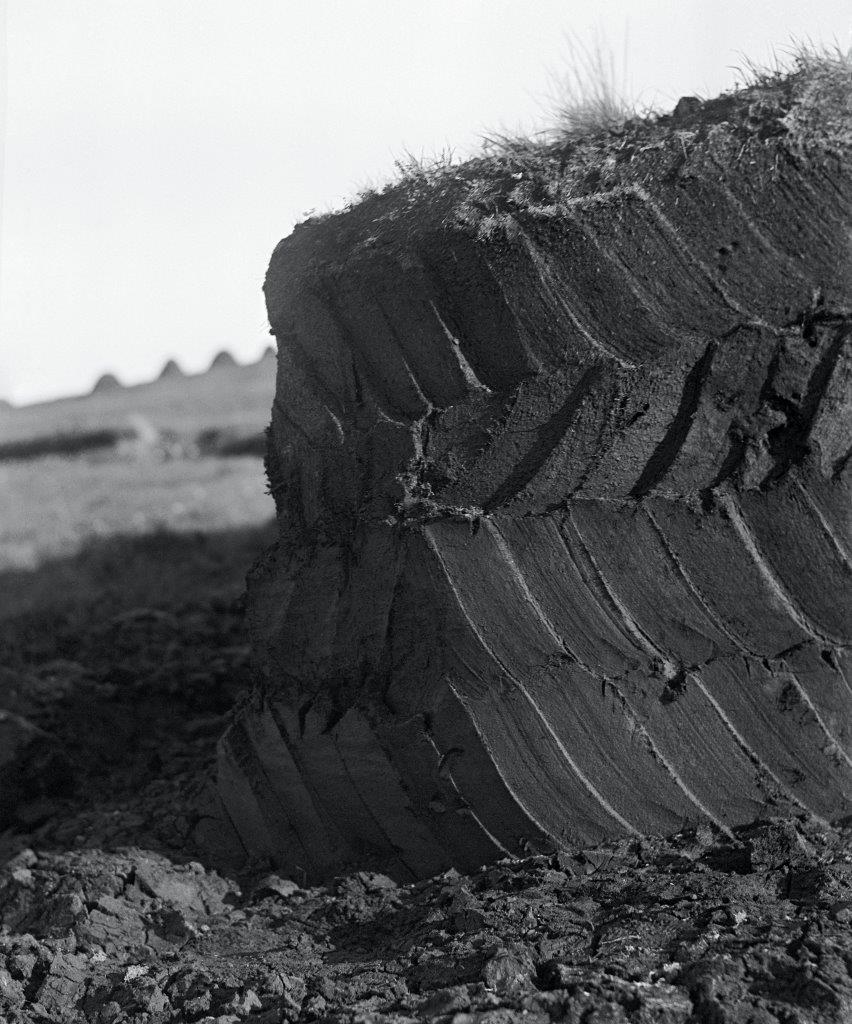Bringing in the Potatoes

| Story |
A Burrishoole Lodge farmhand places recently dug potatoes in burlap sacks and then buries them under mounds of clay. These clay hillocks protected the harvest from vermin and weather. Later the potato sacks were transported to storage closer to the home. This image was taken on Helen Hooker O’Malley’s own farm at Newport, Co. Mayo. |
| Location |
Burrishoole, Co. Mayo |
| Date |
1943 |
| Purchase |
BUY NOW or CUSTOM ORDER |






